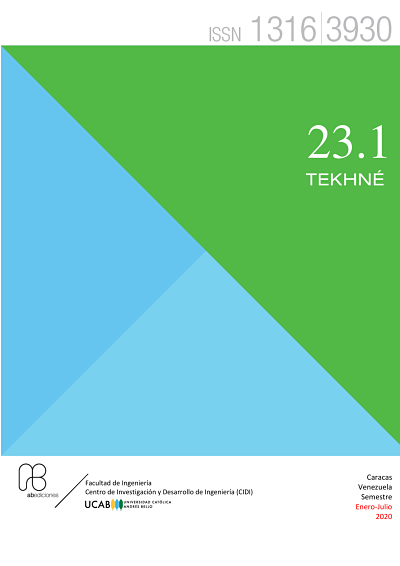Influence of the Orientation Induced by the Manufacturing Process of HDPE PE-100 Pipes on their Fracture Behavior
Influencia de la Orientación Inducida por el Proceso de Elaboración de las Tuberías de PEAD PE-100 en su Comportamiento a la Fractura
DOI:
https://doi.org/10.62876/tekhn.v23i1.4473Keywords:
Abstract
This article focuses on an experimental study of fracture mechanics that determined the influence of the orientation generated by the manufacturing process of PE-100 pipes. The tests were carried out on samples of High Density Polyethylene HDPE (PE-100) pipes obtained directly from pipes without any additional processing stage, in order to achieve a real characterization of their in-service behavior. The study is framed in elastoplastic fracture mechanics (EFEP) tests, establishing the considerations and criteria required according to ASTM D-5045, E-1820, E-399, E-813, E-1152 and the ESIS Protocol ( European Structural Integrity Society) for polymers. The fracture mechanics studies were carried out on SENB type specimens (three-point bending) for the variables involved. The experimental results allowed the elaboration of J-R curves (J vs. Δa) to characterize the behavior of the crack in PE-100 pipes in the direction of the main stresses, longitudinal and circumferential, at a speed of 5 mm/min, and to thickness values of 8.5 ± 0.5; 15± 0.5 and 22 ± 0.5mm. The results revealed that the orientation of the crack in the pipe slightly influences the fracture resistance for the HDPE studied, determining that in the circumferential direction the HDPE pipes presented a greater resistance than in the longitudinal direction, regardless of the thickness of the pipe.




